Here's what it's like to live inside a tiny dome on 'Mars' for 8 months
TECH INSIDER: Why did you sign up for this?

TI: How did they select you and other "astronauts"?
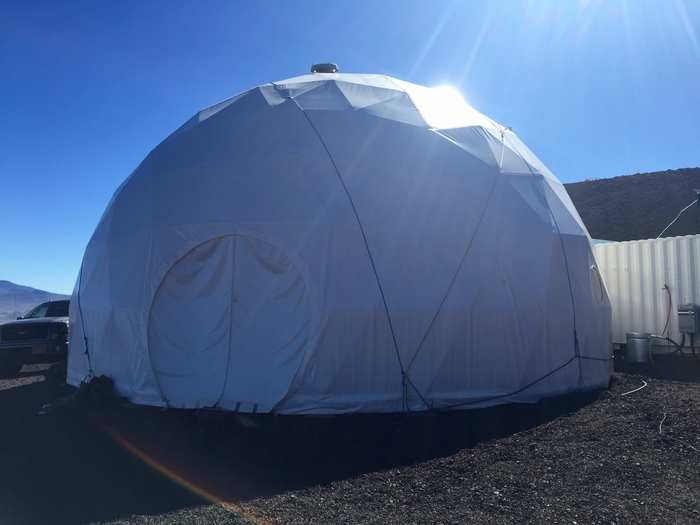
ML: You had to come up with a research proposal. If you made the first cut, they sent you an online aptitude and personality test did a Skype interview. Then they started selection for a four-month crew. I put down in my application that I was interested in something longer, so they said "We're not picking you for the first mission, but we'll keep you in mind."
Then I didn't hear back for a while — it took almost a year. At the end of the four-month mission, they started contacting people for the eight-month. They picked nine final candidates — I was one — and we did this six-day backpacking trip in the Rocky Mountains.
That's what NASA does for their astronaut candidates as well, so there were astronaut candidates there at the same time. It was really cool. I've done a lot of camping and backpacking, so for me it was a really easy trip. We'd only do like 3 or 4 miles a day so we'd finish early and then we would do these lectures or courses on leadership, personality, and how to deal with conflict.
TI: What went through your mind when you made the cut?
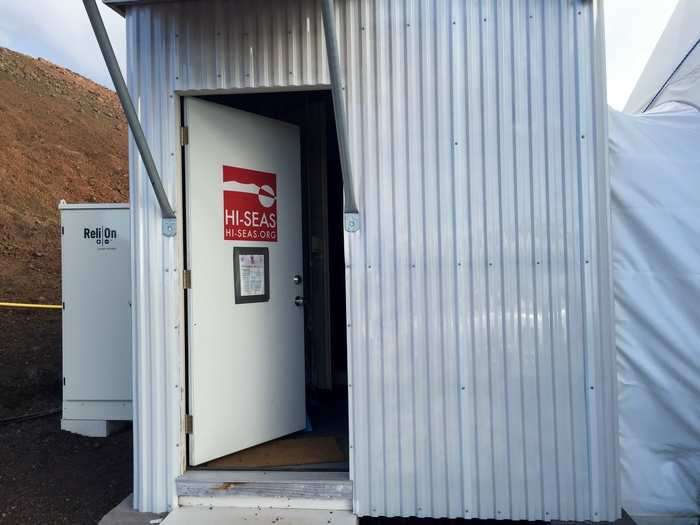
ML: Well, that nervousness started on the backpacking trip. I was thinking "I don't know if I want to do this." What crazy people would want to get locked up in a dome for eight months? I know I'm normal, but these other people must be crazy!"
I think everyone else had been thinking that too. But then we all met each other and we were like, "Oh you guys are also normal, I could totally live with you for eight months."
Then coming up here and getting locked in — it was weird. It was like "OK we're going to Mars," and when the doors closed we all cheered and did a dance.
TI: What was a typical day like on your mission?
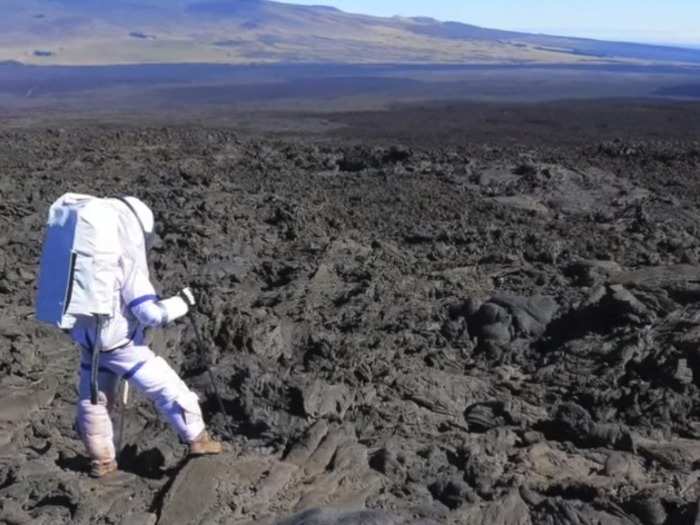
ML: I would get up around 7:30 a.m. or 8 a.m. and check the email. The XO [a rotating crew member] would check in with base camp and mission support. I'd have breakfast.
Most people did personal research in the mornings, and then afternoons — three days a week — there were NASA studies. We had these team performance tasks and a test called "Going beyond curiosity" to measure team work versus individual goals.
We did around 40 surveys a week and personal journals three or four days a week. Every two weeks, we'd get a geology task, so we spent a lot of time exploring the area. Those were a lot of fun but a lot of work. We tried to do the EVAs (short for Extra Vehicular Activity) in the morning because the weather would be better.
Then we'd work out every day around four or five. We did those P90X workouts as a group. I was really worried about staying fit in the dome, but because we did it as a crew it wasn't a problem.
Dinner was the one meal we would eat all together. So we had one person cook each night. If it was your day to cook you'd have to spend the afternoon cooking — while we had sun — and we'd just heat it up later at night.
TI: What was the food like?
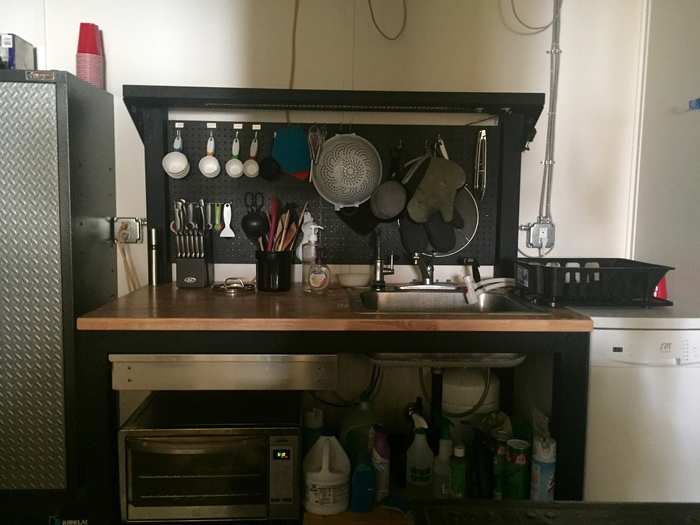
ML: Since you only cooked once a week, people would get pretty elaborate. The other thing I was worried about was that the food would get boring — all this dehydrated stuff. But I think my favorite was a BBQ night.
It took Zach [a fellow crew member] a day and a half because he made the buns and BBQ sauce from scratch. And we used liquid smoke to make things taste smokey because we don't have a grill.
I would do Indian food. We also had yogurt starter and dehydrated milk and we could mix that up and make a yogurt. We even made sushi and pizza.
TI: What was your research project in the dome?
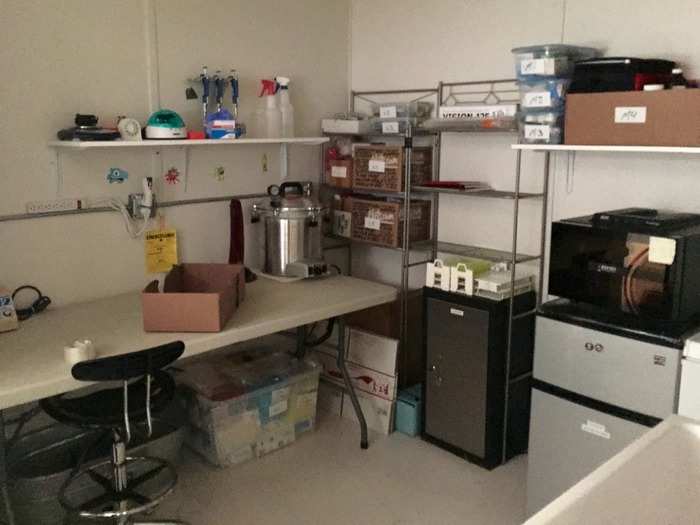
ML: I was doing an indoor garden using LED lights and composting. It was a lot of lettuce and tomatoes, also herbs like cilantro, basil, dill, parsley.
The herbs were the most instantly gratifying. The tomatoes took a long time because I don't think I brought in the right variety.
We did anaerobic composting because they were worried about the smell and attracting vermin, so it was all enclosed. This was a different kind of composting than I'd ever done, but it worked out.
TI: What were the EVAs like — and how hard was it to get a suit on?
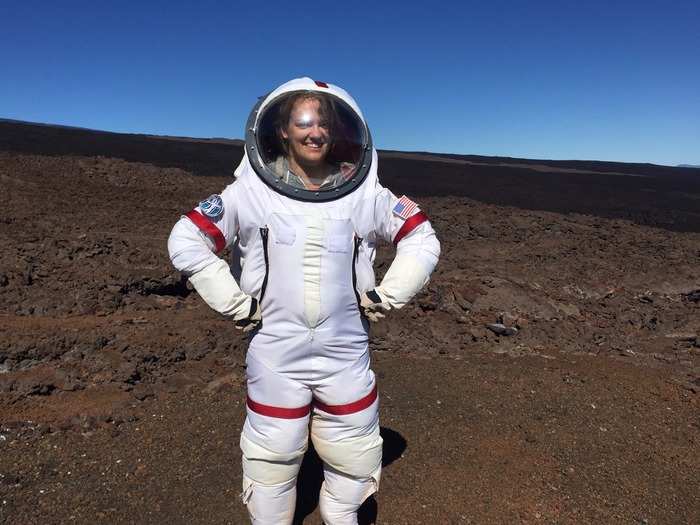
ML: There were different kinds of EVAs. There were the geology tasks, where we'd go walking all over the lava tubes. We used the white suits that are quite difficult to get in. It's pretty hard to get into one of the suits. I think it took us 40 minutes to an hour the first time.
But sometimes we'd just be doing a maintenance EVA around here to check the water level and solar panels. For that we'd just use the haz mat suits because it was so much easier.
Part of it was to test how good those white suits are so they wanted feedback, so we'd use them for the longer EVAs.
TI: What was your toughest excursion?
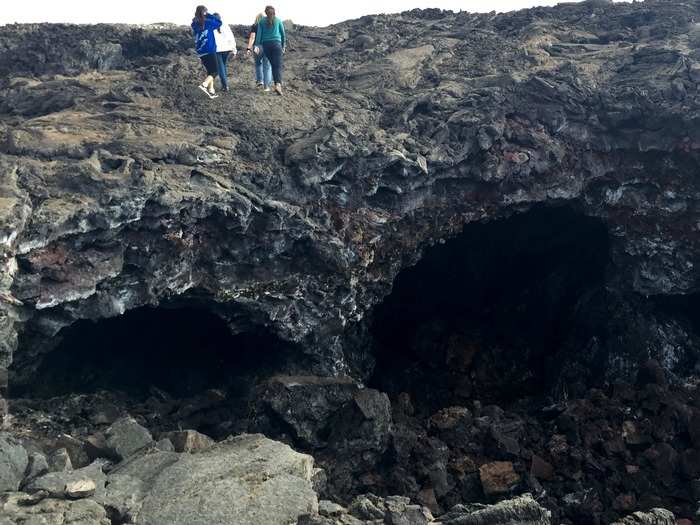
ML: There was one where we were testing if the white suits could make it down into a lava tube.
I think that EVA took about three hours because Sophie [a fellow crew member] and I got lost, and then eventually we found the tube. You have to get in and out and you're just so much slower in those suits.
That was the longest and most arduous trip in that suit. Two to three hours for the exploring EVAs were pretty typical.
TI: What was your favorite thing about living in the hab?

ML: I think the group workouts. And the food — the fact that people were so creative. I really enjoyed the geology field tests too, and getting to be so close with these guys. It was weird coming out and people going their own directions.
TI: What was the hardest thing about living in the hab for so long?
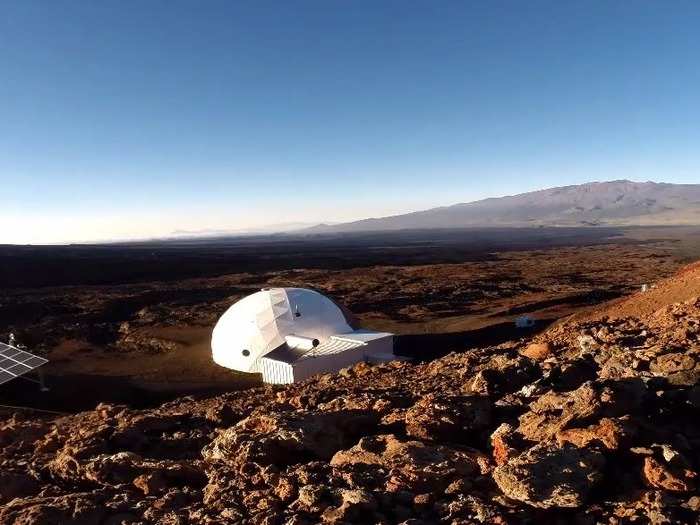
ML: So this whole thing was sort of to see how they should select a crew for a real space mission and I must say for the first six months things were pretty easy. The last two months the stress levels went way up and that was really hard. I think just dealing with all the stress and the conflict that came up at the end was the hardest for me.
There's only so much people could take. I sort of felt like I was balancing people sometimes. But we had a really great last week again. With our crew — we had little disagreements in the early bit of the mission but it didn't matter. We always came back together and had a really good last week. It was nice to end on a good note.
TI: What was your last day in the dome like?
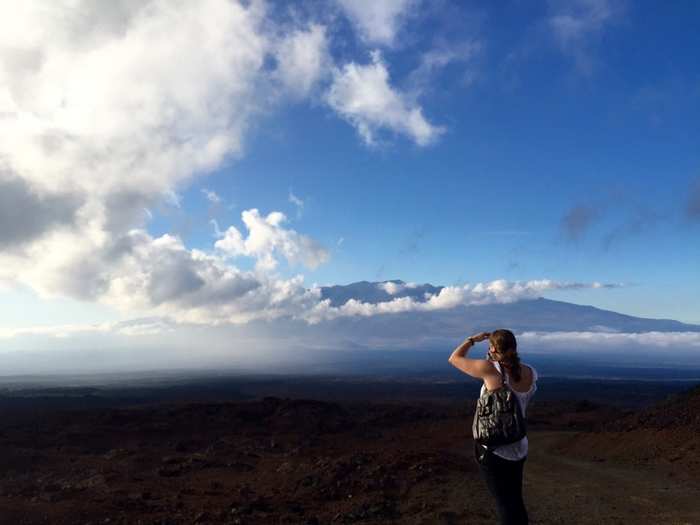
ML: It didn't really hit me we were really leaving until the last night; I was pretty nervous.
We were supposed to leave at 8 a.m. the next morning, and "The Final Countdown" was kind of our theme song across the whole mission. So at five minutes to eight, we started playing the song. Then I get a text, "technical difficulties we're not ready yet." We ended up playing it like six or seven times, so by that time I wasn't jittery anymore.
Coming out was amazing. Seeing all this without having to look through a mask. It was just stunning to feel the wind and see everything so clearly.
Popular Right Now
Advertisement